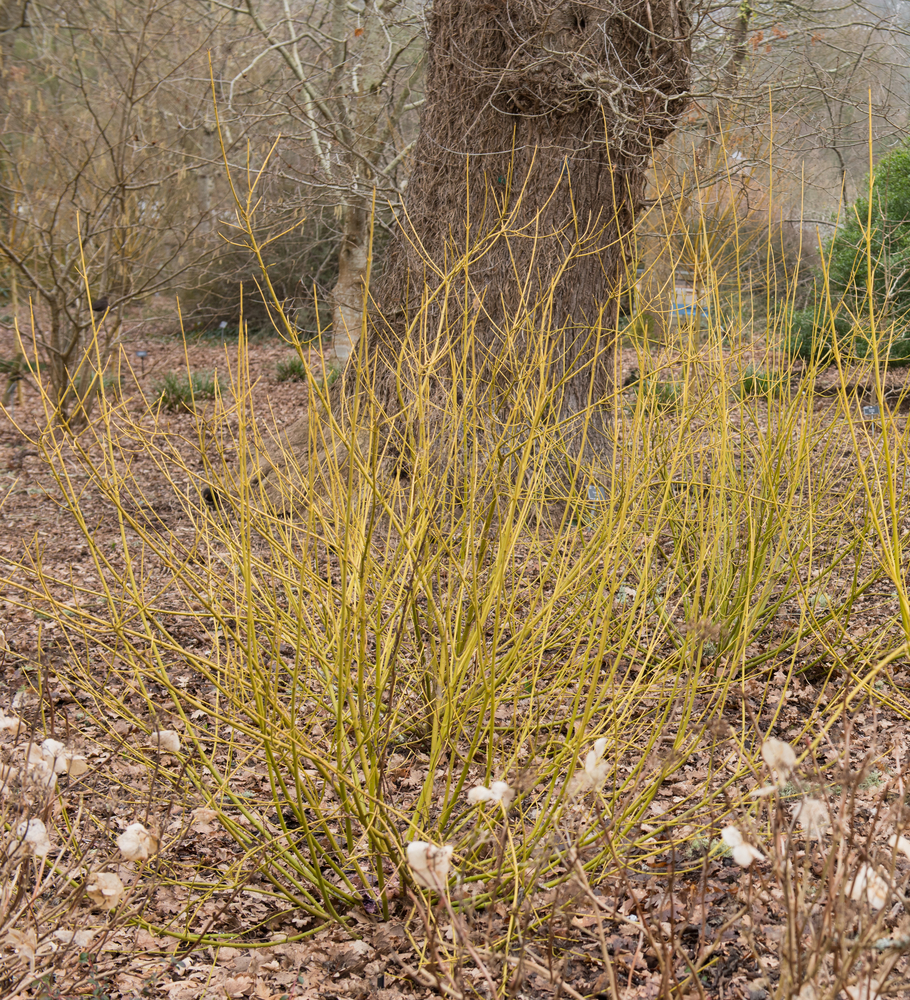Description
Cornus is a genus of flowering shrubs and trees in the Cornaceae family, native to many parts of the world. Here are some horticultural notes and uses for Cornus:
Growing conditions: Cornus prefers well-draining soil and full sun to partial shade. They require a temperate climate and can tolerate a range of soil types.
Watering: Adequate watering is important for the growth of Cornus. The plants should be watered regularly during the growing season, but care should be taken not to overwater them, as this can lead to root rot.
Fertilizing: Cornus benefits from a balanced fertilizer application in the early spring before new growth starts.
Pruning: Pruning is important to maintain the shape and size of Cornus. Pruning should be done in the late winter or early spring before new growth starts. Remove any dead or diseased branches, as well as any branches that are crossing or rubbing against each other.
Propagation: Cornus can be propagated through seed or by cuttings.
Pests and Diseases: Cornus is relatively pest and disease-free.
Uses: Cornus is a popular plant for landscaping and is often used as a specimen plant, in mixed borders, or in mass plantings. They are also used for their ornamental value, with their showy flowers and colourful foliage adding colour and interest to any garden or landscape. Some species of Cornus, such as Cornus kousa, are also edible and used in cooking.
Varieties: There are several Cornus species available, each with its own unique characteristics. Some popular varieties include Cornus florida, with pink or white flowers, and Cornus alba, with red or yellow stems.


